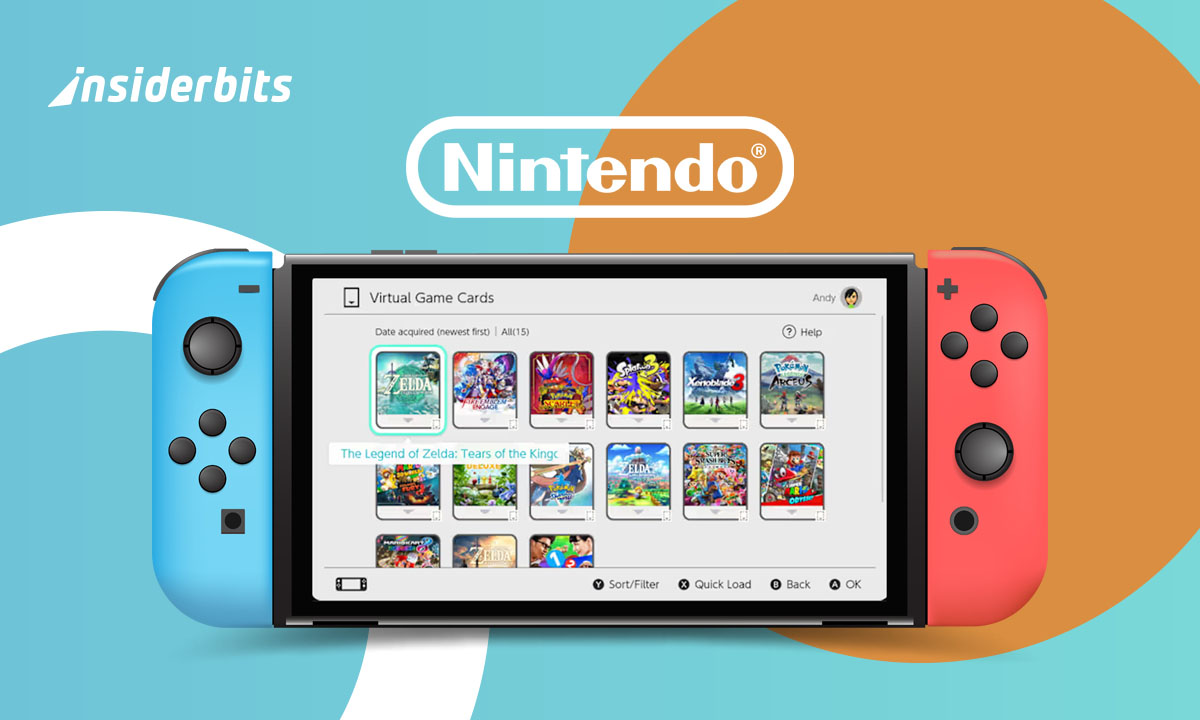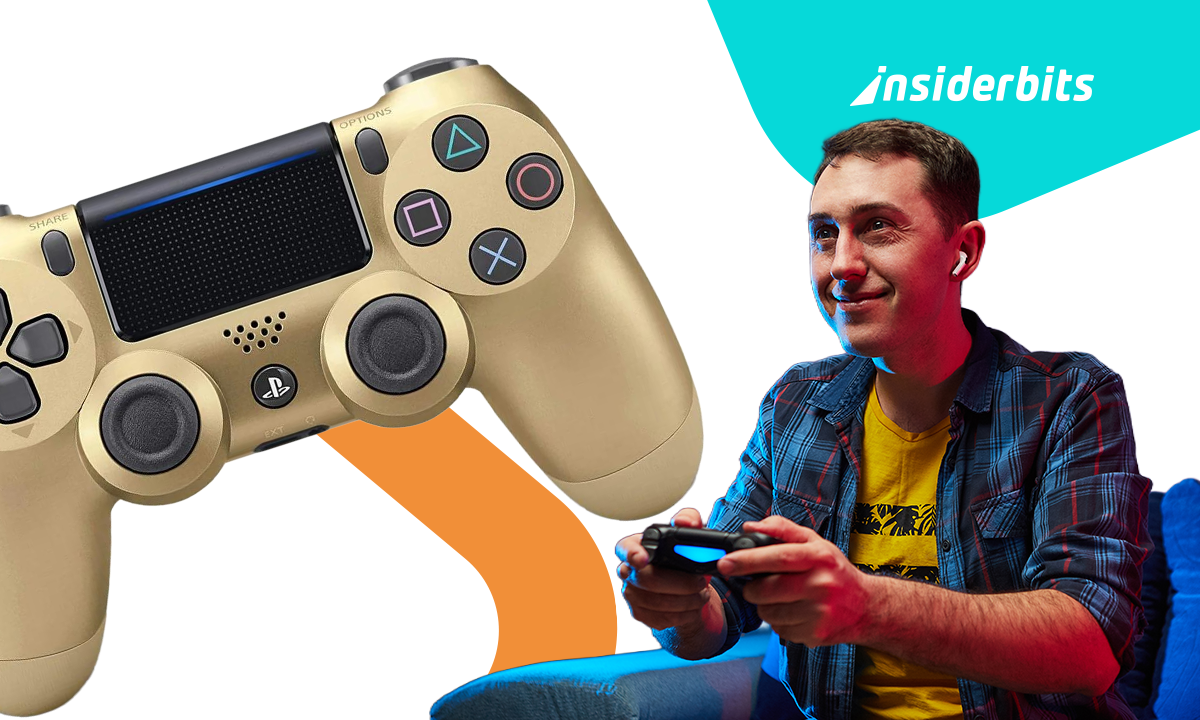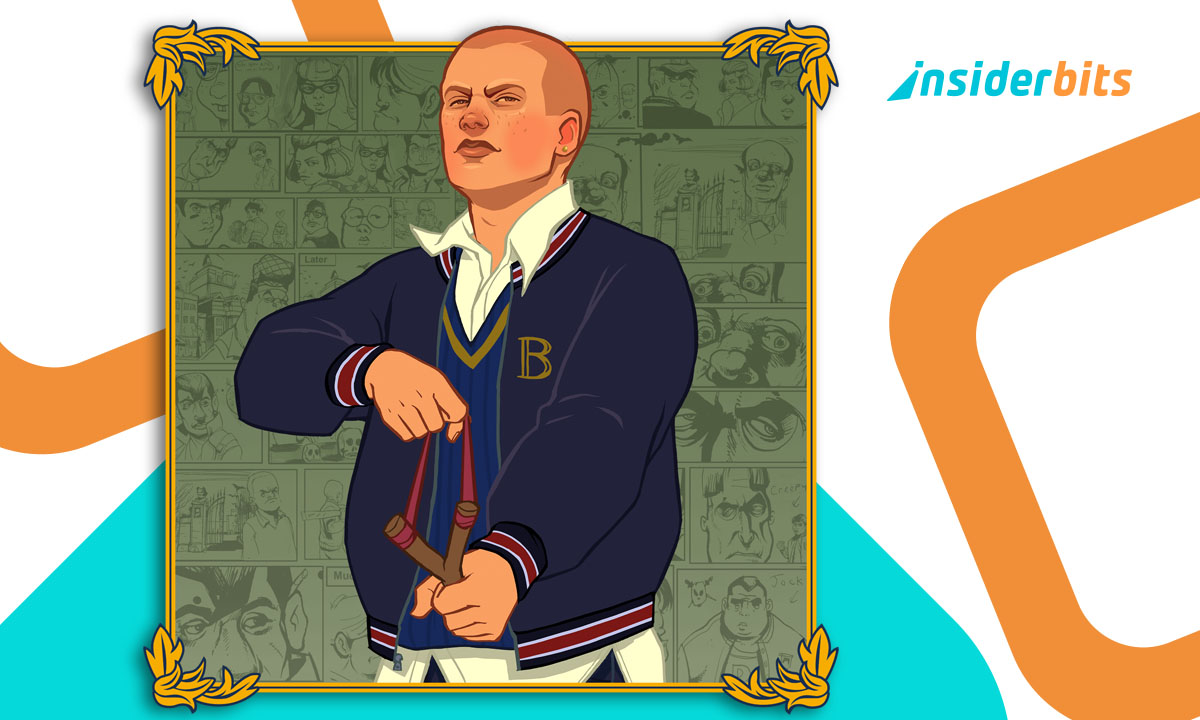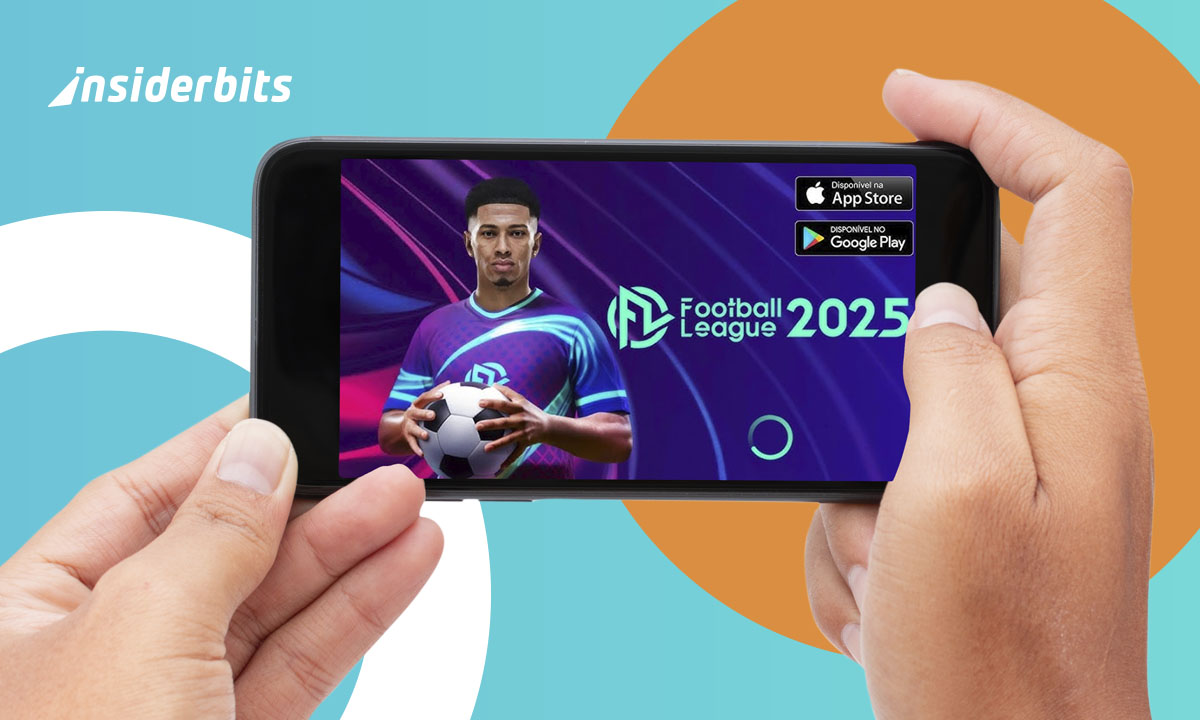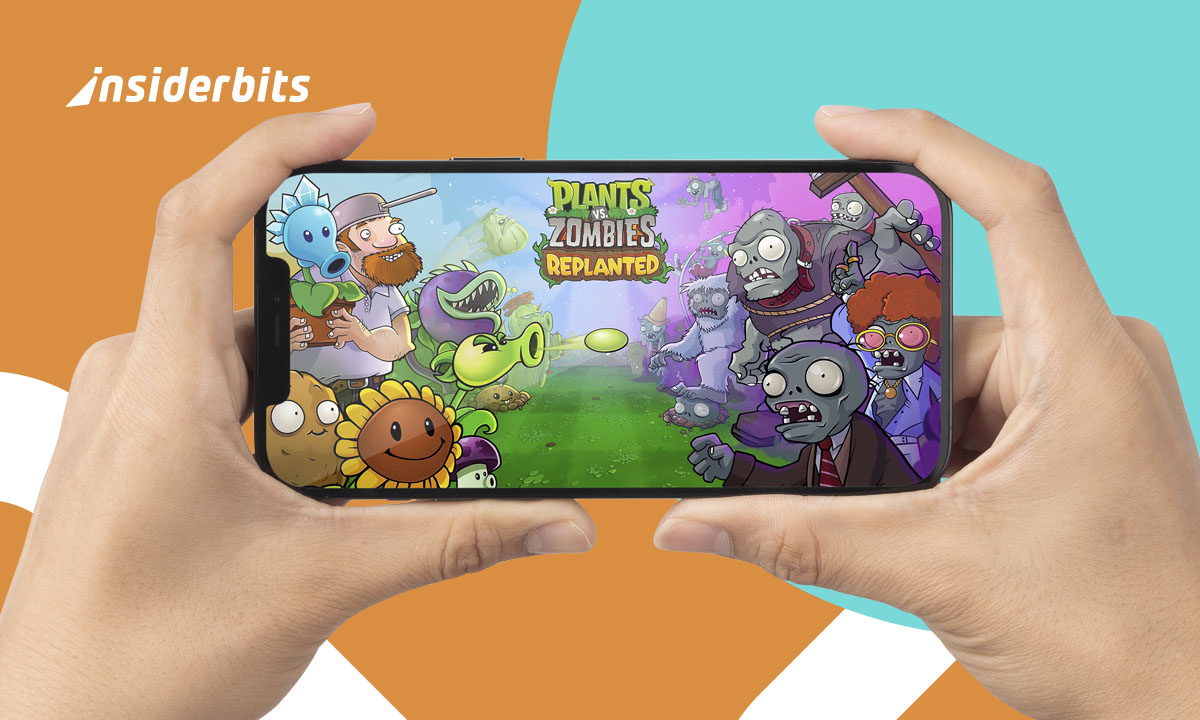Nintendo has introduced a game-changing feature for Switch owners—the Nintendo Virtual Game Card, a digital solution that finally makes sharing games as simple as lending physical cartridges.
This innovative system bridges the gap between digital convenience and the social aspect of game borrowing, offering players new flexibility in how they access and share their favorite titles.
- Nintendo Switch 2 vs. Switch 1: Hauptunterschiede und Upgrades
- Die besten Nintendo-Spiele für jede Konsole
What Is the Nintendo Virtual Game Card?
Die Nintendo Virtual Game Card is a digital lending system that allows Switch users to temporarily share downloaded games with friends—a first for Nintendo’s traditionally restrictive digital marketplace.
Unlike traditional digital licenses tied to a single account, this feature creates a shareable virtual version of a game that can be transferred to another user for a limited time.
Nach Angaben von The Verge, the system works similarly to physical game lending:
- Owners generate a Virtual Game Card from their digital library;
- The card can be shared via Nintendo’s online service or locally;
- Recipients access the game for a set duration (typically 3-7 days);
- The game automatically returns to the owner’s account afterward.
This breakthrough addresses one of the biggest drawbacks of digital game purchases—the inability to share them like physical copies.
How the Virtual Game Card Changes Game Sharing
Nintendo’s introduction of the Virtual Game Card feature marks a significant evolution in digital game management for the Nintendo Switch and Nintendo Switch 2 systems.
This innovation seamlessly blends the convenience of digital downloads with the flexibility traditionally associated with physical cartridges, offering players enhanced control over their gaming libraries.
Digital Convenience Meets Physical Flexibility
Die Nintendo Virtual Game Card system combines the instant access of digital downloads with the lending freedom of physical media. Players no longer need to meet in person to swap cartridges—games can be shared remotely through Nintendo Switch Online.
New Ways to Discover Games
The Nintendo Switch 2 introduces innovative features that transform how players discover and share games, fostering a more connected and community-driven gaming environment.
Risk-Free Game Trials Among Friends
With the new GameShare feature, players can invite friends to join multiplayer sessions even if they don’t own the game themselves.
This approach allows friends to experience games together without the immediate need for multiple purchases, enhancing cooperative play and social interaction.
Simplified Multiplayer Session Setup
The integration of GameChat streamlines the process of organizing multiplayer sessions.
Players can now communicate via voice or video chat directly through the console, coordinating game sessions more efficiently and reducing the reliance on external communication platforms.
Community-Driven Game Discovery Beyond the eShop
GameChat also serves as a platform for players to share their gaming experiences in real-time.
By observing friends’ gameplay and engaging in discussions, players can discover new titles organically, leading to a more personalized and community-influenced exploration of available games
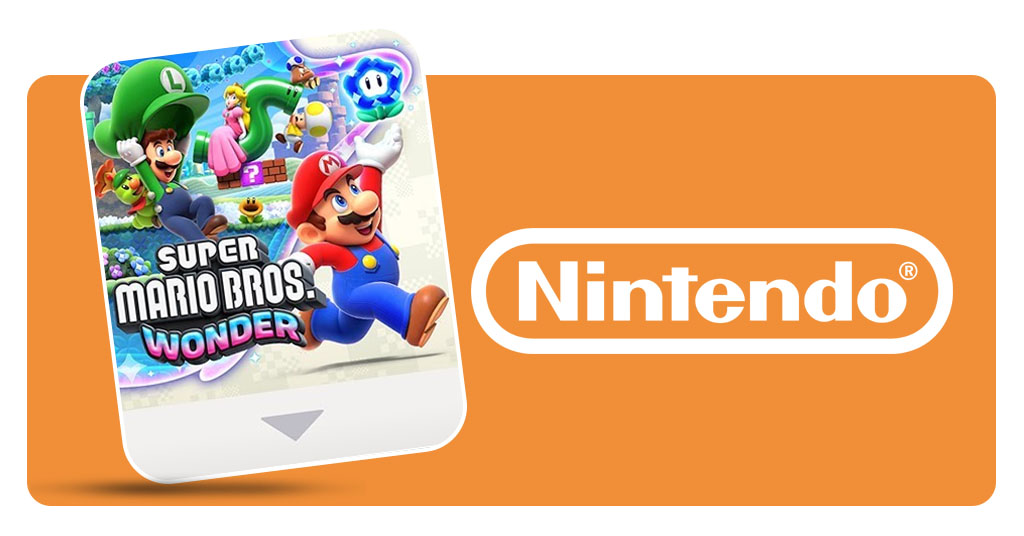
Impact on Game Ownership
Nintendo Virtual Game Card innovation allows users to lend digital games to family members within their Nintendo Account Family Group, effectively simulating the experience of sharing physical game cartridges.
However, this system introduces notable changes to the dynamics of game ownership and sharing. By enabling the lending of digital titles, Nintendo may inadvertently impact the secondhand market for physical games.
Traditionally, physical game cartridges could be resold or exchanged among players, fostering a robust secondary market.
With digital lending becoming more accessible, the demand for physical copies might diminish, potentially reducing the volume of secondhand sales.
To maintain a balance and protect the interests of game developers and publishers, Nintendo has implemented specific safeguards within the Virtual Game Card system:
- Limited Lending Instances: each digital game can be lent to only one family member at a time, ensuring that multiple copies aren’t in circulation simultaneously;
- Restricted Access for Original Owners: during the lending period, the original owner loses access to the game, mirroring the physical lending experience where the lender cannot use the game until it’s returned;
- Defined Lending Periods: the lending duration is capped at two weeks, after which the game automatically returns to the owner’s library, preventing indefinite sharing.
These measures aim to replicate the tangible aspects of physical game sharing within the digital realm, ensuring that while users enjoy newfound flexibility, the value and integrity of game ownership are preserved.
Setting Up Virtual Game Cards
Activating the feature is simple through the My Nintendo portal:
- Select a game from your library;
- Choose “Create Virtual Game Card”;
- Set the loan duration (1-7 days);
- Share via friend code or local connection.
The recipient gets full access to the game, including multiplayer modes and DLC (if owned by the lender).
What This Means for the Gaming Market
Die Nintendo Virtual Game Card system represents a major shift in digital game distribution:
- For players: more value from digital purchases through sharing;
- For Nintendo: reduced used game market impact while keeping digital sales;
- For developers: potential exposure boost as games circulate socially.
As CNET reports, this could set a new standard for how console platforms handle digital ownership rights.
Limitations and Considerations
While innovative, the system has some restrictions:
- Not all publishers may enable the feature for their games;
- Lending periods are fixed (no early recalls);
- Only one active loan per game at a time.
For those exploring Nintendo’s gaming ecosystem, check out our guide to the best Nintendo games across consoles.
